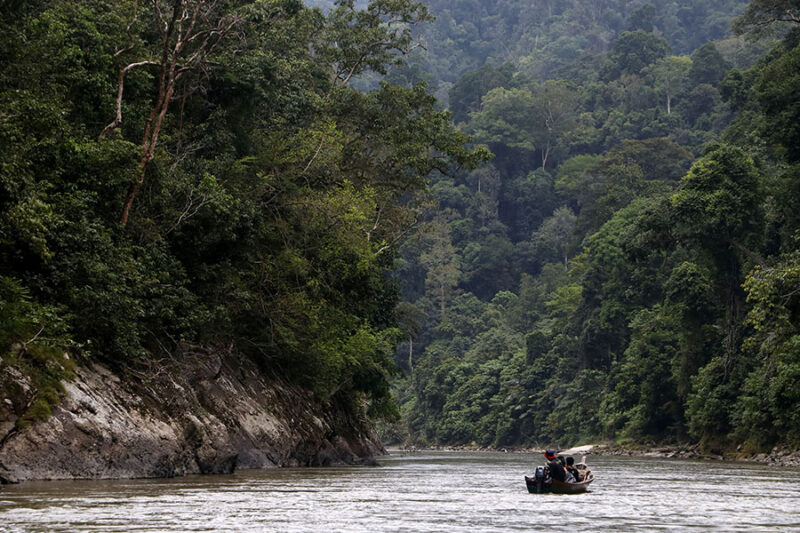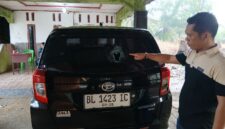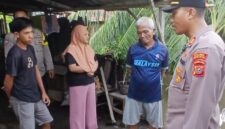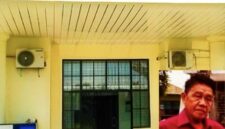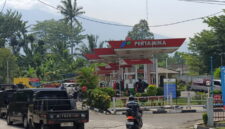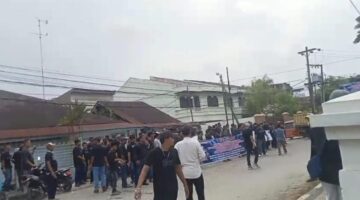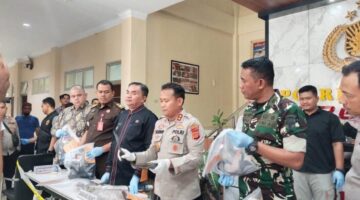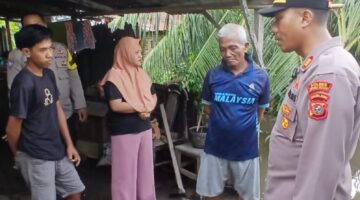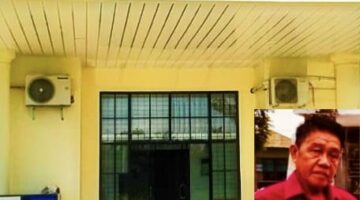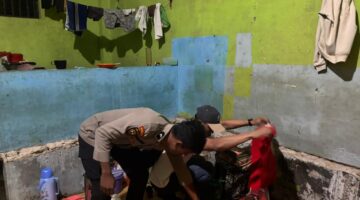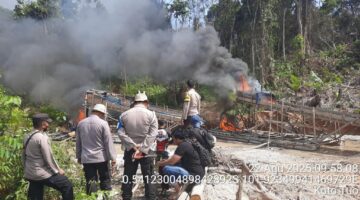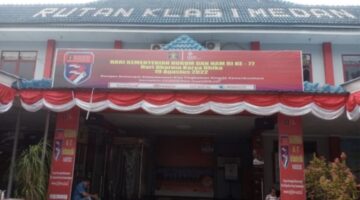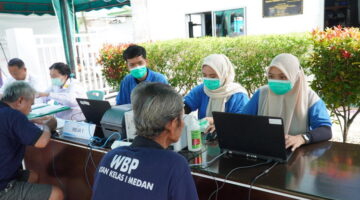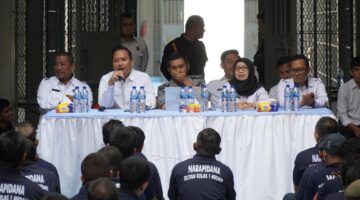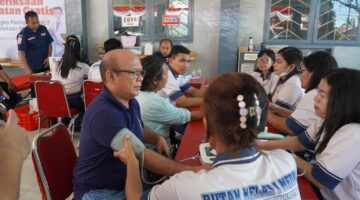Aceh, Indonesia – Deep in the northern tip of Sumatra lies one of the last intact tropical rainforests on Earth: the Leuser Ecosystem. This vast and biodiverse region is often referred to as the “lungs of Southeast Asia,” not just for its ecological significance, but also for its breathtaking natural beauty. Cutting through this green expanse is a powerful river—one that begins in the highlands of Gayo and winds its way through the jungle, ultimately pouring into the Indian Ocean.
This river, unnamed in most travel brochures, is a lifeline for both nature and the people who call this forest home.
The River Route Through Leuser
The journey starts in Muara Situlen, a remote village in Babul Makmur Subdistrict, Aceh Tenggara Regency. From here, the river carves its way through the dense forest, passing through Gayo Lues, Aceh Tenggara, Subulussalam City, and finally Aceh Singkil, where it meets the sea. The full trip to the ocean takes around nine hours by motorized boat.
ADVERTISEMENT

SCROLL TO RESUME CONTENT
Along the way, the river slices through the heart of the Leuser rainforest. It flows past the Ketambe Research Station in Aceh Tenggara, a world-renowned site for studying the critically endangered Sumatran orangutan. Here, the river serves not just as a water source but also as a border—dividing conservation forests from protected zones.
“Once we entered the forest, everything changed—the air was cooler, the sounds were wild, and the peace was overwhelming,” said Yulham, a local resident who once made the journey. “The river is wide and strong, and the forest on both sides is thick and untouched. It’s an unforgettable experience.”
Natural Beauty Meets Human Resilience
On both banks of the river, life pulses in harmony with the forest. Villagers fish, transport goods, and travel using the river as their main access point. In many areas, steep cliffs, giant boulders, and towering trees give the river a dramatic, almost cinematic character. It is both beautiful and dangerous.
One of the major stops along this water route is the Soraya Research Station, nestled in the protected Soraya Forest—also part of the Leuser Ecosystem. From Muara Situlen, it takes about four hours to reach Soraya, and another five hours to get to the bustling river market at Gelombang, Subulussalam.
Beyond the stunning visuals, the river carries stories of survival and resistance. Illegal logging, poaching, and destructive fishing practices have all left scars along the river’s course. In response, the government and local communities have started initiatives to protect the forest. In April 2021, the Aceh Province’s Forestry Management Unit (KPH) established a forest monitoring post on the riverbanks.
“This post is essential to prevent illegal activities in forest areas adjacent to the Leuser National Park,” said Irwandi, head of KPH Region VI.
A Future Built on Conservation and Ecotourism
For villages like Pasir Belo, which lies along the river in Sultan Daulat Subdistrict, there is a growing awareness that conservation is not just an environmental necessity—it’s also an economic opportunity.
“We’re preparing our community to develop ecotourism around this river,” said Anwar, the village head. “Our forest borders North Sumatra Province and includes part of the Leuser protected area. The natural beauty here is a gift we must share responsibly.”
The Leuser Ecosystem is home to some of the world’s most endangered species, including the Sumatran tiger, elephant, rhino, and orangutan. Rivers like this one are more than geographic features; they are lifelines for biodiversity, cultural heritage, and the future of sustainable livelihoods in Aceh.
In the end, the journey from Gayo to the sea is not just a physical one. It is a passage through time, nature, and the urgent question of whether humanity can learn to live with the forest instead of against it.




